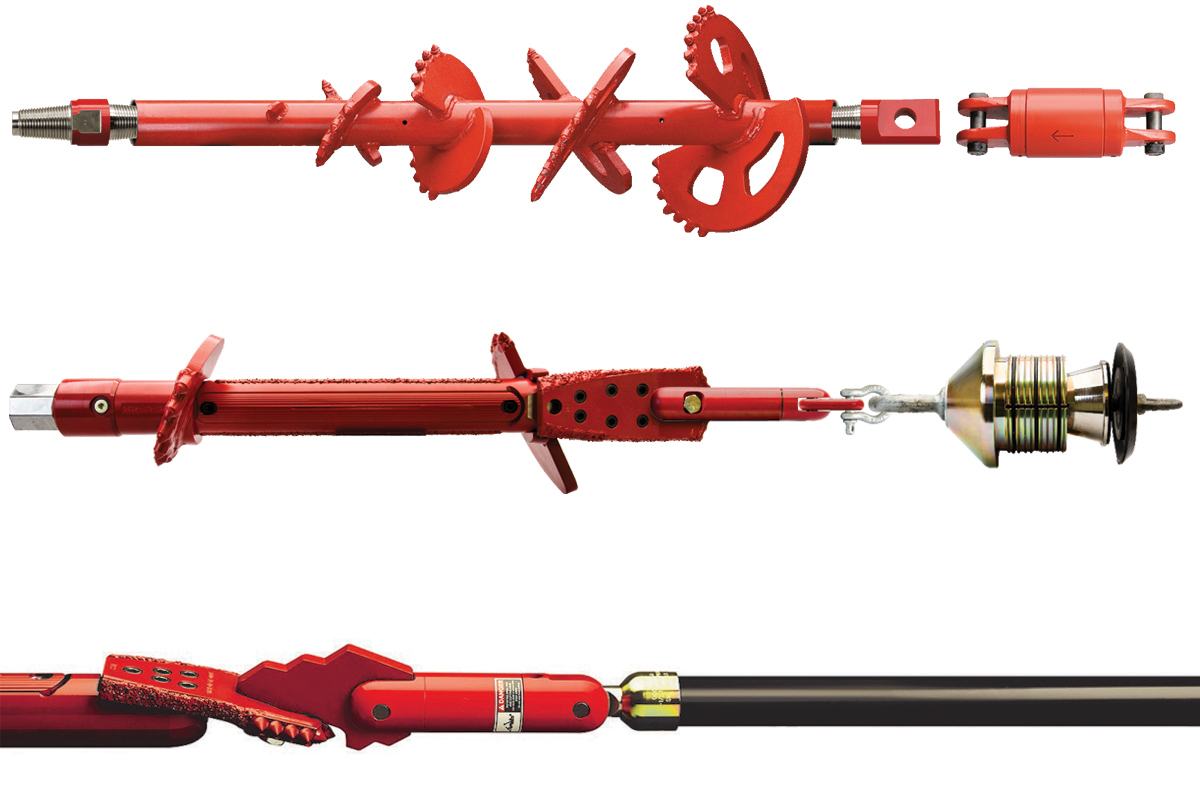Drill Master: The Dollars & Sense of Mud Recovery and Cleaning
The benefits of pumping greater volumes of fluid (mud) while boring are rapidly gaining favor from most horizontal directional drilling contractors.
They are beginning to see that they have fewer boring problems (frac outs, stuck pipe and overheated electronics) when a free flow of return mud is present at the bore opening (s). As one contractor said, “Have you ever gotten stuck while mud slurry was flowing from the bore?”
But a major problem still faces the contractor. What do they do with the used mud that is returned to the recovery pit? The answer is mud recovery, cleaning and reuse. This article will address the economics involved in mud recovery.
Most operators feel that pumping more fluid will increase the mud cost for the job. Coupled with the added cost of disposal and cleanup, this deters many operators from taking advantage of benefits of higher mud flow. Mud recovery and cleaning systems offer the solution. But they cost too much-or do they? Well, let’s look at the economics of cleaning mud for reuse.
After conferring with many contractors and mud suppliers, the general consensus is that the cost for two 50-lb (.22-kN) bags of bentonite per 300 gal (1,140 L) of mud mix is from 8 to 12 cents per gal (L). This cost includes the cost to obtain water, labor, two bags of bentonite and a small allowance for additives (soda ash, polymers, concentrated detergent, etc.). True, some areas will have a higher cost or a lower cost depending on many factors. But the 8 to 12 cents is generally accurate.
Now consider that just 25 gpm (95 Lpm) of mud is being pumped for a period of 60 minutes. That represents a total mud flow of 1,500 gal (5,700 L) per hour. Using a cost of approximately 10 cents per gal, this represents a mud cost of $150 per hour of pump operation. Assume that 90 percent or more of the mud pumped down the bore returns to the recovery pit can be cleaned and reused. This will result in a savings of $135 per hour of pump operation that will go to the bottom line (profit). At $135 per operating hour, it takes only 259 hours of operations to pay back the cost of a $35,000 cleaning system. Assume a five-hour per day pumping time, pay back would be 52 operating days. Factor in the reduced costs associated with disposal, cleanup and liability and the pay back would be realized more quickly.
Consider further, that pumping fluid at this rate or slightly higher, the ability to mix mud and keep up with the pump is questionable. This will lead to down time for the boring machine waiting on water to be hauled or mud to be mixed. Down time is costly, $200 to $300 per hour for this class machine.
Mud recirculation will greatly reduce the need to haul additional water and mix additional mud. Add the cost of avoided down time for waiting on mixed mud and the economics get even better. Don’t we wish we had as good a pay back on the boring machine.
As mud flow rates increase 40, 75 or 100 percent gpm (152, 285 or 380 Lpm), the economics of mud recovery become economically essential. A general formula to determine the pay back of a cleaning systems follows:
Normal pumping rate (gpm/Lpm) X Cost of mud per gal X 60 minutes X Percent of mud returned = Mud cost per hour of pump operation.
Capital cost of equipment/mud cost per hour = Number of operating hours to pay back investment.
Note: As with any economic evaluation, special considerations of the site or operator must be factored in.
Using a recovery system needs some operational consideration for a successful application. Pumping higher flows are generally required. The objective is to have the mud returning to the recovery pit(s) at a weight less than 10.5 lbs (5 kg) per gal (L). This will generally assure that the mud is fluidic enough to be cleanable. However, pumping more mud is not a problem because it is reused over and over. Further, a means of getting the mud from the exit recovery pit back to the entrance recovery pit must be provided. Several methods can be employed at varying cost.
To the adept boring contractor who regularly pumps mud volumes of 25 gpm (95 Lpm) or more and back reams 6 in. (150-mm) or larger, the use of a properly applied mud recovery and cleaning system can easily be shown to be an economic necessity.




